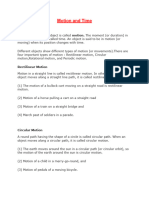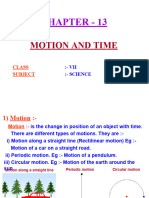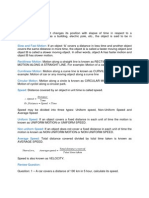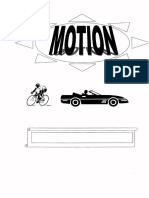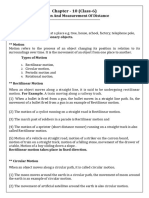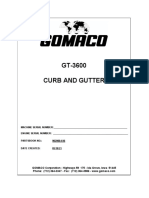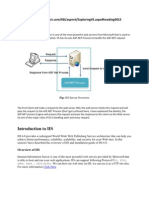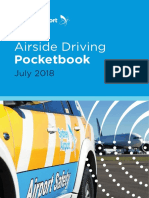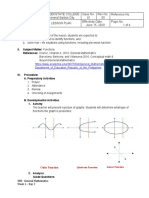0% found this document useful (0 votes)
40 views7 pagesMotion and Time Class 7 Notes Science Chapter 13
The document discusses the concepts of motion and time, highlighting different types of motion such as rectilinear, circular, rotational, and periodic motion. It explains the measurement of speed, the significance of time measurement, and introduces tools like speedometers and odometers for practical applications. Additionally, it covers the graphical representation of motion through distance-time graphs and other types of graphs like bar graphs and pie charts.
Uploaded by
skaheteshamalam27Copyright
© © All Rights Reserved
We take content rights seriously. If you suspect this is your content, claim it here.
Available Formats
Download as DOCX, PDF, TXT or read online on Scribd
0% found this document useful (0 votes)
40 views7 pagesMotion and Time Class 7 Notes Science Chapter 13
The document discusses the concepts of motion and time, highlighting different types of motion such as rectilinear, circular, rotational, and periodic motion. It explains the measurement of speed, the significance of time measurement, and introduces tools like speedometers and odometers for practical applications. Additionally, it covers the graphical representation of motion through distance-time graphs and other types of graphs like bar graphs and pie charts.
Uploaded by
skaheteshamalam27Copyright
© © All Rights Reserved
We take content rights seriously. If you suspect this is your content, claim it here.
Available Formats
Download as DOCX, PDF, TXT or read online on Scribd
/ 7


